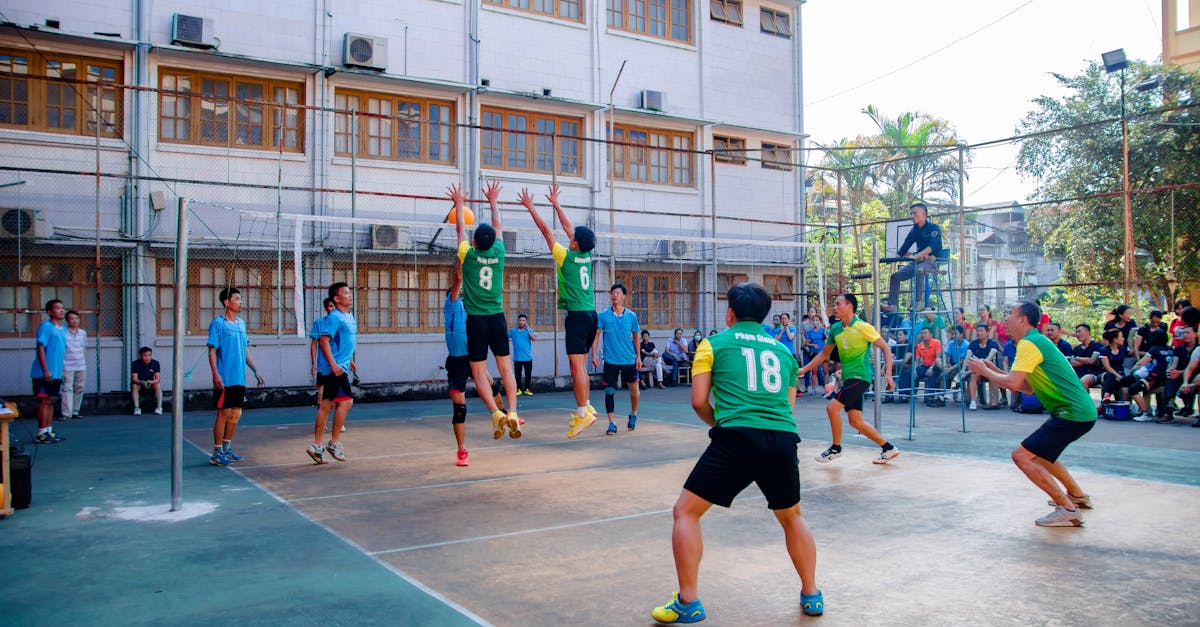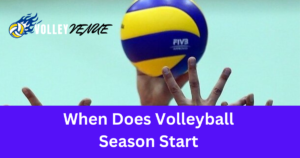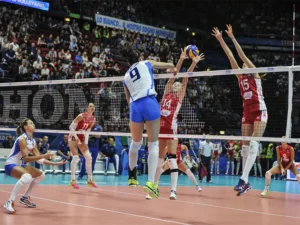Table of Contents
Volleyball matches at the high school level are designed to be brief yet thrilling contests. How long are high school volleyball games? Typically, they follow a best-of-three sets format, with the first two sets played to 25 points and the third, if needed, played to 15 points – requiring a two-point lead to win each set. With rally scoring, every serve results in a point for one team, making the games relatively quick-paced.
The duration of a high school volleyball game can vary considerably, but on average, it lasts around 1-2 hours, including warm-up time and breaks between sets. The length is influenced by factors such as the competitiveness of the teams, the number of timeouts taken, and any additional tournament rules in place. While some evenly matched contests may extend beyond an hour and a half, most high school volleyball games fall within this typical range.
Understanding the Structure of High School Volleyball Games
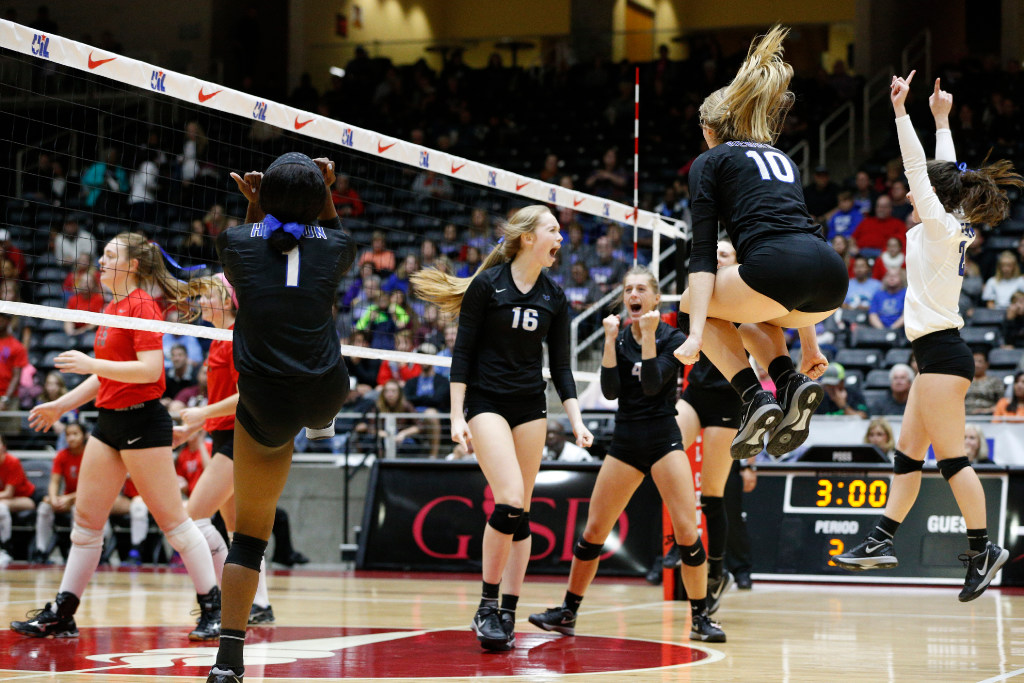
High school volleyball games typically follow a best-of-three-sets format, with the first two sets played to 25 points and the third set, if needed, played to 15 points. Each set must be won by a two-point lead, and rally scoring is used, meaning a point is awarded on every rally, regardless of which team served the ball.
Number of Sets
At the high school level, matches consist of three sets, making it a quicker and more accessible format for younger players. This format allows players to gain valuable experience and develop their skills without the extended duration of a best-of-five sets match. The fundamental gameplay remains consistent, with each team aiming to win three sets to secure victory.
Scoring System
Rally scoring has become the standard in volleyball, ensuring that every play is crucial and teams maintain focus throughout the match. Points are awarded when a team grounds the ball on the opponent’s side or if the opposing team fails to return the ball successfully.
Rule Differences from Other Levels
While the core rules remain similar, there are some differences in high school volleyball compared to other levels, such as collegiate or professional play. For instance, high school matches may have a hard cap at the 28th point in the first four sets, regardless of the two-point lead. Additionally, the fifth set in high school matches is typically played to 15 points, with a two-point lead required to win, following NFHS rules.
Typical Duration of High School Volleyball Matches
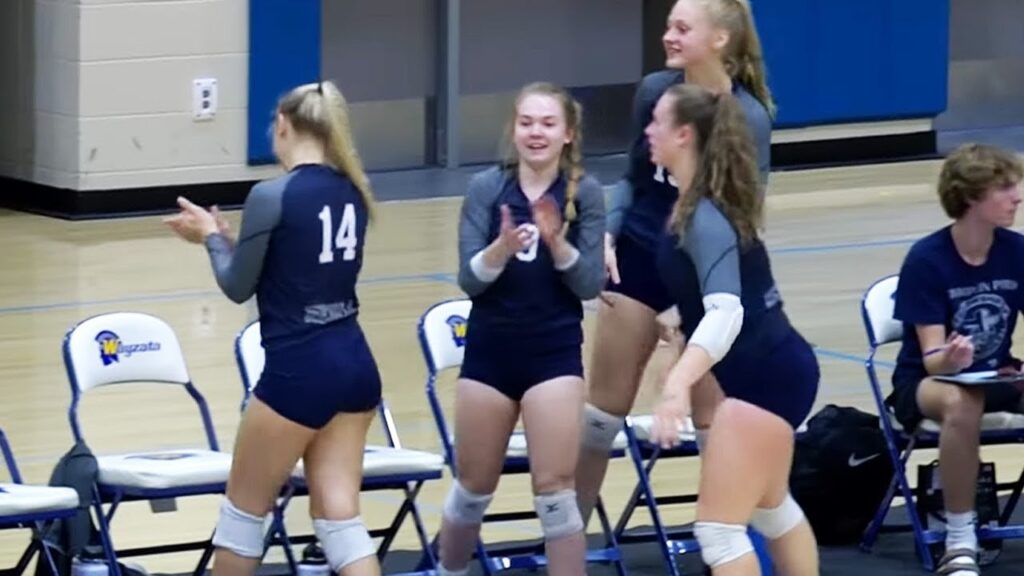
A typical high school volleyball game lasts around 1-2 hours, including warm-up time, breaks between sets, and the actual game time. Each set is usually played to 25 points, and a match is typically best of 3 sets. However, the exact duration can vary depending on factors such as the level of competition, the teams’ skill levels, and any additional tournament rules.
Average Timeframe for Matches
With the best-of-three-sets format, a typical high school volleyball game can range from 45 minutes to an hour and a half, depending on the competitiveness of the teams and the duration of timeouts. A set typically lasts 20 to 30 minutes, but it can vary based on factors like scoring and timeouts.
Factors Affecting Duration
Timestops, such as timeouts and injury breaks, can significantly affect the length of a volleyball game. Coaches strategically use timeouts to regroup their teams, discuss tactics, or disrupt the opponent’s momentum, while injury timeouts are taken when a player needs medical attention, adding minutes to the overall game time.
The competitiveness of the teams involved also plays a crucial role. If both sides showcase equal skills and determination, the match can extend into a nail-biting showdown, captivating fans. On the other hand, a mismatch between teams might lead to a swift and efficient match.
Comparison with College Volleyball
The number of sets in a volleyball game significantly impacts its duration. In college volleyball, matches are typically best-of-five sets, while high school volleyball matches are usually best-of-three sets. This format difference contributes to the shorter duration of high school volleyball games compared to college matches.
Influence of Game Dynamics on Duration
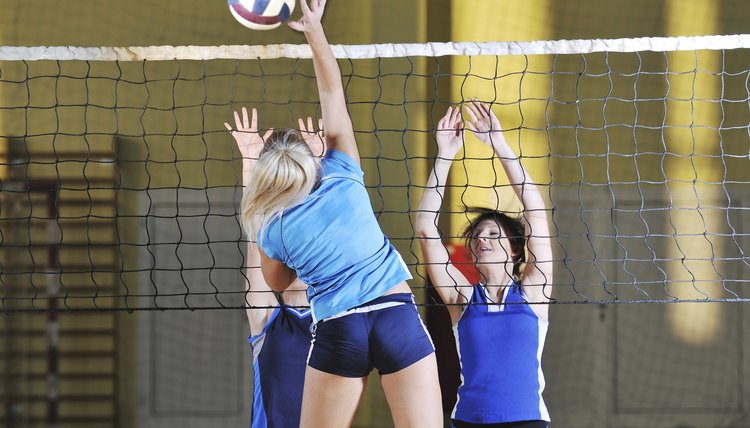
The duration of a high school volleyball game is influenced by various game dynamics, including rally length, timeouts and substitutions, and injury or other delays.
Rally Length
Rally length plays a crucial role in determining the overall duration of a volleyball match. Longer rallies, typically those lasting between 8 and 10 seconds, can significantly impact the game’s momentum and alter the performance trend. Rallies exceeding 10 seconds tend to balance the chances of success between teams, as the team in the side-out phase loses its initial attacking advantage. Coaches may incorporate drills focusing on different rally lengths to develop strategies based on the desired level of risk.
Timeouts and Substitutions
Each team is entitled to a maximum of two timeouts per set, lasting 30 seconds each. These timeouts allow coaches to strategize, regroup their teams, or disrupt the opponent’s momentum. Timeouts can have a positive effect on the team’s performance, depending on factors like the score difference and the number of consecutive lost rallies. Additionally, substitutions are permitted, allowing teams to introduce fresh players or make tactical changes, further influencing the game’s pace and duration.
Injury and Other Delays
Injuries or other unforeseen circumstances can lead to delays in the game, impacting its overall duration. In the event of an injury, players may be granted a three-minute recovery time, but only once per match. If the injured player cannot continue after this period, the team may be declared incomplete, potentially leading to a shortened match. External interferences or unforeseen circumstances may also necessitate temporary stoppages, with the referees and organizers determining the appropriate measures to re-establish normal playing conditions.
Special Cases and Exceptions
Shortened Matches in Tournaments
In high school volleyball tournaments, matches can sometimes be shortened to expedite the proceedings. Prior to the implementation of rally scoring, matches consisted of two sets played to 15 points, with only the district champion advancing to the playoffs. During such tournaments, teams could find themselves winning matches in as little as 20 minutes, leading to newspaper articles commenting on the brevity of the games.
Unexpected Quick Wins
Occasionally, high school volleyball matches can conclude much faster than anticipated due to a significant skill disparity between the teams. In such cases, one team may dominate the other, leading to lopsided set scores like 25-13, 25-18, and 25-9. These unexpected quick wins can be attributed to factors like anxiety, nerves, and the inability of the weaker team to overcome the momentum of the stronger opponent.
Conclusion
In summarizing the key points discussed, high school volleyball matches are designed to be fast-paced and relatively short, following a best-of-three-sets format with rally scoring. Their duration typically ranges from 45 minutes to an hour and a half, influenced by factors such as team competitiveness, timeouts, and delays. While the core gameplay remains consistent, slight rule variations from other levels contribute to the unique dynamics of high school volleyball matches.
Despite the general timeframe, the duration can vary based on specific circumstances. Tournaments may feature shortened matches for expediency, while unexpected skill disparities between teams can lead to lopsided set scores and quicker conclusions. Ultimately, high school volleyball games offer an engaging and accessible platform for young players to develop their skills and experience the thrill of competitive volleyball within a reasonable timeframe.

